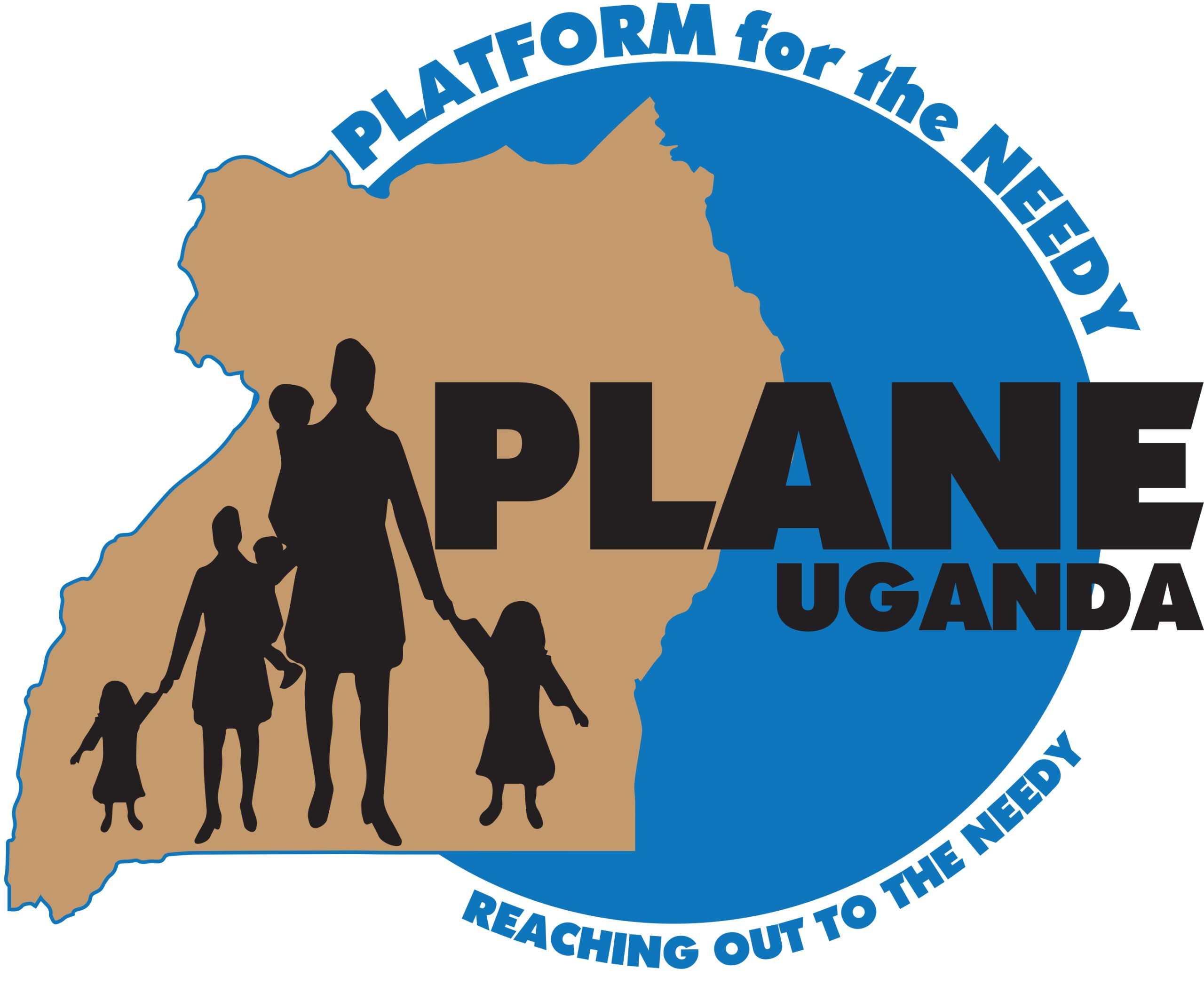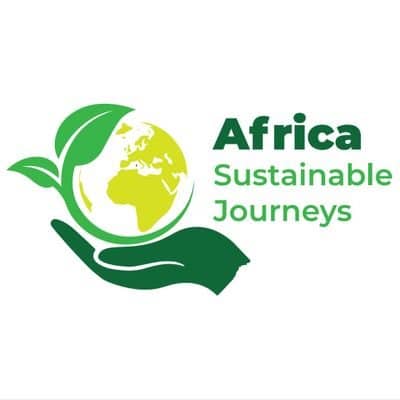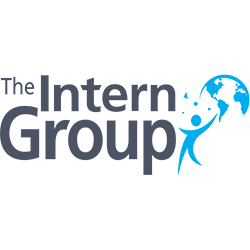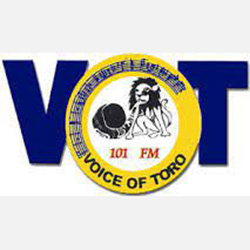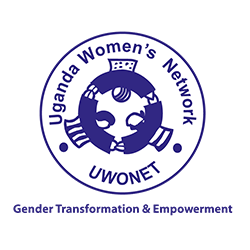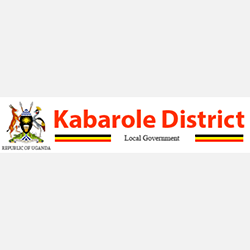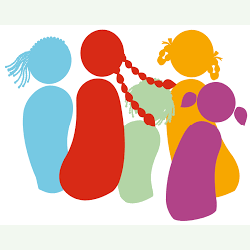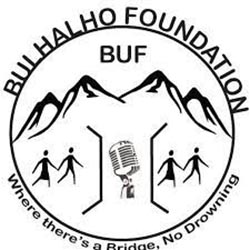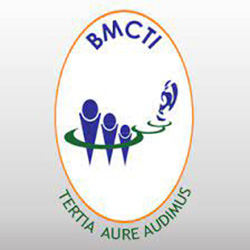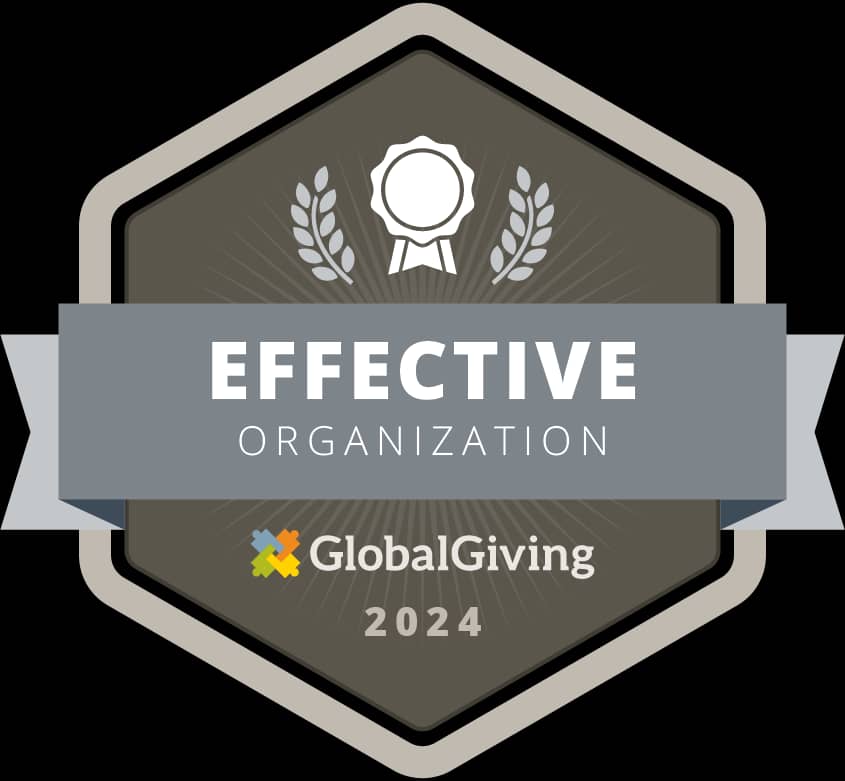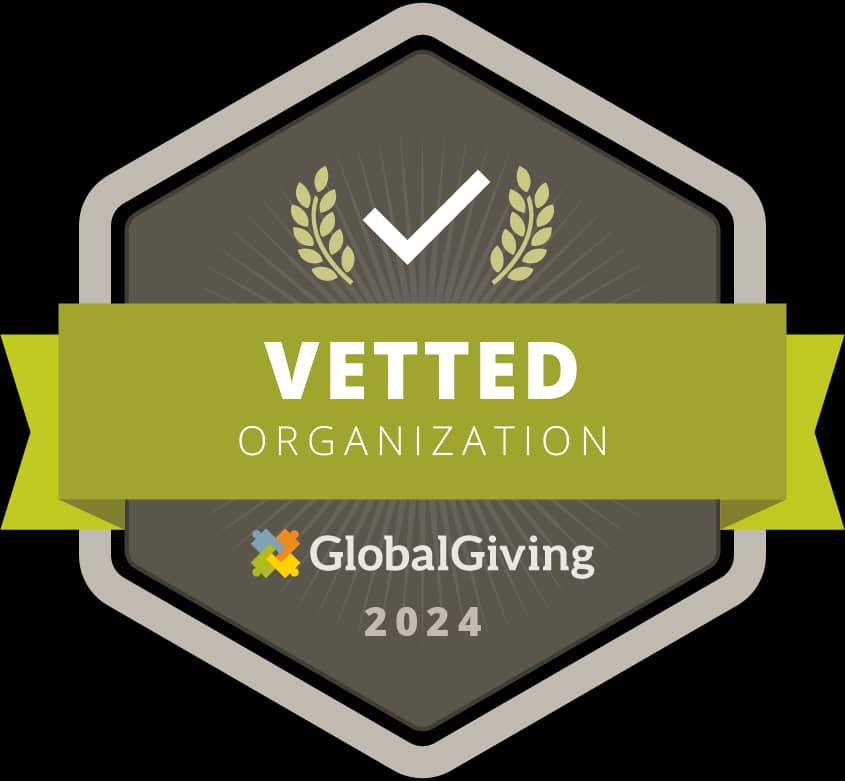
By Dr. Anil Nepali
Global Ambassador of PLANE
Uganda has become a safe place for refugees and a destination for international migrants from neighboring countries. According to UNHCR, until April 2023, there are 1,535,900 refugees and asylum seekers and among them 56% (861,765) are children below the age of 18 yrs. These migrant and displaced children often face many social service inequalities due to their unique circumstances. These inequalities can have a significant impact on their physical as well as psychological wellbeing and development. The common inequalities faced by migrant and displaced children in accessing social services are Limited Access to Education, Inadequate Healthcare, Insufficient Legal Protection, Social Exclusion and Discrimination, Disrupted Family and Community Support.
“Open Door Policy” of Uganda enables refugees and asylum seekers to access humanitarian aid and government services such as legal protection, healthcare, and education. This policy respects the basic rights of refugees, including freedom of movement and the right to work. Refugees living in settlements also have access to land for agriculture and shelter construction. In 2022, the child protection program in Uganda focused on strengthening the national CP system, CP case management, safe alternative care for unaccompanied children (UAC), and engaging families and communities to protect children. To reduce disparities in social service delivery, the Uganda government has launched the ReHoPE (Refugee and Host Population Empowerment) initiative, which aims to enhance service delivery for both the host communities and refugees. In addition, the government has set up frameworks and regulations to support universal access to education, healthcare, and child safety for all children, including those who are refugees or migrants.
In recent years, the Ugandan government, along with international organizations such as UNICEF, UNHCR, and Save the Children, has taken significant steps to address social service inequalities faced by migrant and displaced children. UNHCR and UNICEF co-chaired the national Child Protection Sub-Working Group (CPSWQ), and UNHCR and OPM co-chaired the settlement/field-level child protection sub-working groups. A child protection assessment was conducted under the leadership of the CPSWQ, identifying key risks. Best Interests Procedure (BIP) was enhanced according to UNHCR guidelines, benefiting 7,200 children. Best Interests Determination (BID) was also strengthened, with 767 BID completed. UNHCR and partners utilized ProGres v4 as a case management tool and trained 2,200 partners and government staff. 15,338 unaccompanied asylum-seeking children (UASC) were placed in alternative care following comprehensive assessments, and 6,000 parents received positive parenting training. Operational tools and SOPs for alternative care were developed and approved for rollout. The national alternative care framework was implemented in refugee settlements, and community-based child protection programs were supported, benefiting 68,076 children.
Addressing social service inequalities faced by migrant and displaced children Uganda requires sustained commitment and coordinated efforts from multiple stakeholders. Uganda can enhance the well-being and development of these vulnerable children and create a more equitable and inclusive society for all by:
- Strengthening community-based interventions like encouraging psychosocial support programs and mobilizing local social workers and volunteers.
- Allocating sufficient resources to improve access to healthcare services, proper nutrition and quality education.
- Launching a public awareness program targeting local communities to combat social stigma and discrimination against migrant and displaced children and encouraging social integration.
Biblography
- https://www.unicef.org/uganda/media/6806/file/UNICEF_UgandaAR2019-WEBhighres.pdf
- https://migrants-refugees.va/country-profile/uganda/
- https://data.unhcr.org/en/documents/download/71177#:~:text=The%20CRRF%20in%20Uganda%20encompasses,and%20(v)%20 Voluntary%20 Repatriation.
- https://reliefweb.int/attachments/888ad8a5-8e4c-413a-b977-f48ac908e329/Strategic%20Direction%202021-2025_final.pdf
- Annual Results Report 2022 Uganda
